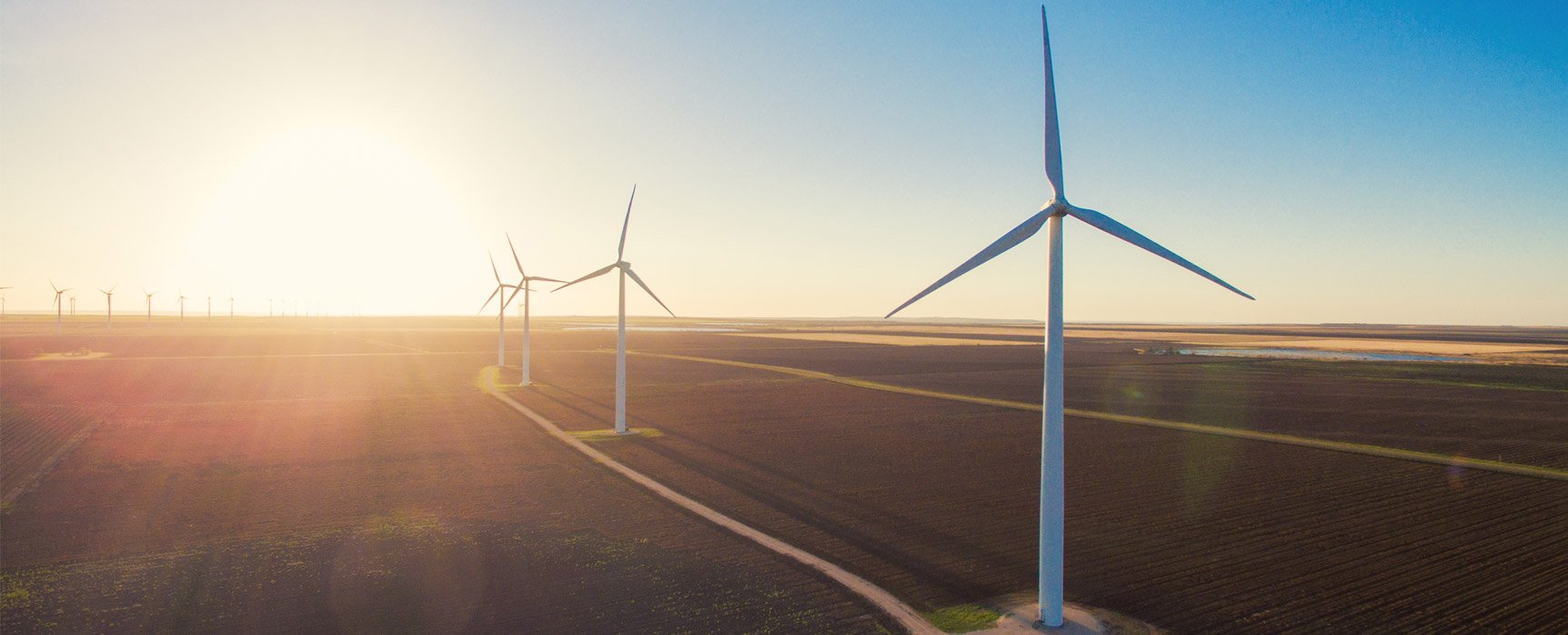Overview
As wind turbines increase in size and power rating, there is a change in associated risks for owners and developers of wind projects, both on and offshore. From logistics to supply chain, project owners need technical insurance that understands the true risks for their projects.
We cover the entire lifecycle of the project including transport to site. Once our policies are triggered by physical damage, we cover property damage, Business Interruption (BI) and Contingent Business Interruption (CBI), from construction to operation.
Our Customers
Target business – onshore and offshore
- Wind project developers
- Wind project EPCs
- Wind project O&M providers
- Wind project owners and operators
SOLUTIONS
Tailored coverage for a variety of risk exposures
Solution
Advance Loss of Profits
Solution
Business Interruption
Solution
Casualty
Solution
Construction All-Risks Insurance
Solution
Contingent Business Interruption
Solution
Delay in Start-up Insurance
Solution
Employers Liability
Solution
Marine Transit
Solution
Mechanical Breakdown
Solution
Natural Catastrophe
Solution
Operational All-Risks Insurance
Solution
Phased Handovers
Solution
Testing and Commissioning
Solution
Third Party Liability
Claims
We deliver on our promises
Effective resolution for customers is achieved with our highly skilled claims specialists focusing on:
- Quick decision making
- Championing your needs
- An honest approach
∗Claims examples may be based on actual cases, composites of actual cases or hypothetical claim scenarios and are provided for illustrative purposes only. Facts have been changed to protect the confidentiality of the parties. Whether or to what extent a particular loss is covered depends on the facts and circumstances of the loss, the terms and conditions of the policy as issued and applicable law.
Related
What’s happening at AXIS
Related news and updates across the organization
Find your future at AXIS
We are a global insurer and reinsurer tackling unique challenges. At the heart of it all? Our people. As unique as the risks we face.



